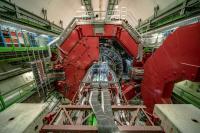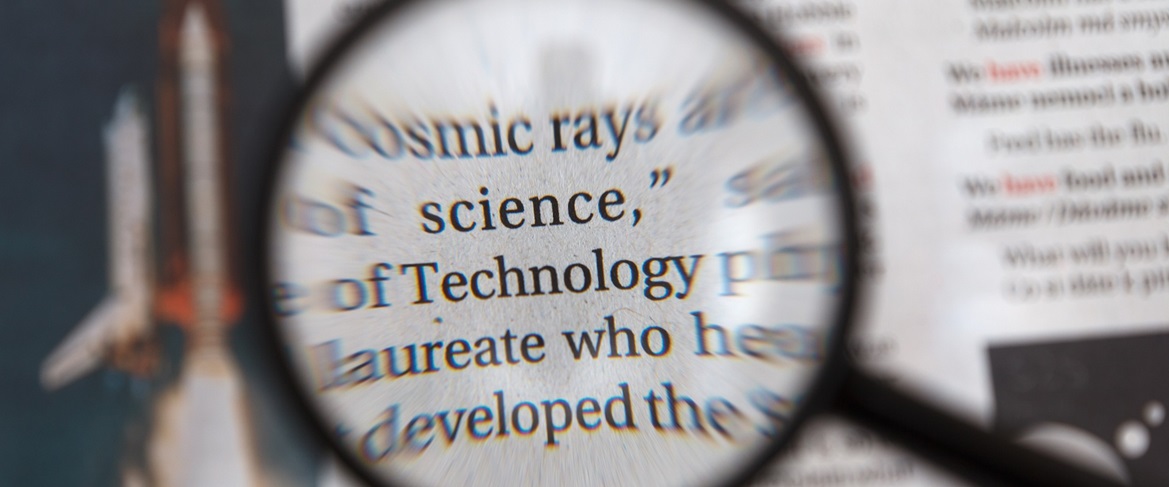A charming quark of little weight but great importance

View of the ALICE experiment, photo: CERN
As part of the international ALICE experiment at the Large Hadron Collider, it was possible to determine the mass of the charm quark. The scientists responsible for the discovery include employees and doctoral students from the Warsaw University of Technology, including the Faculty of Physics.
The charmed quark is an extremely small elementary particle that loves company. Already a fraction of a second since its birth (in this case, it is one hundred thousand billionth of a billionth of a second – 10^-23), it is trying to find a partner or partners.
We already know quite a lot about the properties of hadrons, or the compounds of quarks, however, we still lack data on how quarks behave when they are completely alone. Researchers from ALICE experiment decided to investigate this. They designed an experiment to determine the properties of the charmed quark in the short time it is looking for a partner. The publication on this subject was published in „Nature”.
The challenge was to identify charmed quarks looking for a partner in the abundant shower of particles that are formed in the Large Hadron Collider.
– ALICE experiment makes it possible to measure and identify these particles – to the extent that we were interested in the study of charmed quarks – explains prof. Adam Kisiel from the Faculty of Physics of the Warsaw University of Technology, a participant in the experiment.
The publication in „Nature” confirms the experimental observation of such dead cones and the fact that owing to them one can gain insight into the moment of a lonely life of a charmed quark.
– Our research is the most direct confirmation that a free charmed quark has a mass, says Łukasz Graczykowski, PhD, from the Faculty of Physics of the WUT. – This weight is approx.1.28 GeV/c2, so approx. 2.29x10^-24 g. So one could say that about half a million billion billion of these lonely quarks would weigh one gram.
Polish participants of the experiment explain that these studies are important because they confirm the findings of the so-called quantum chromodynamics.
You can read more about the works that may influence the understanding of the world on the WUT home page.
Co-authors of the publication from the Faculty of Physics: dr inż. Łukasz Graczykowski, dr Rihan Haque, dr inż. Małgorzata Janik, MSc. Przemysław Karczmarczyk, prof. dr hab. Eng. Adam Kisiel, Dr. Georgy Kornakov, Dr. Eng. Janusz Oleniacz, M.Sc. Wioleta Rzęsa, dr hab. Eng. Hanna Zbroszczyk, prof. PW.




